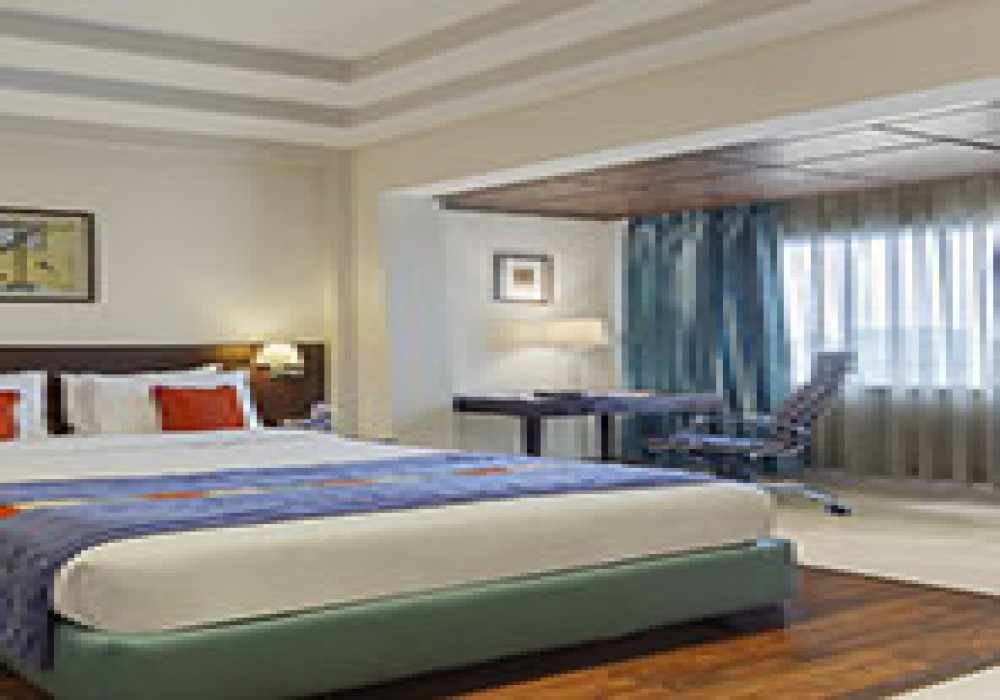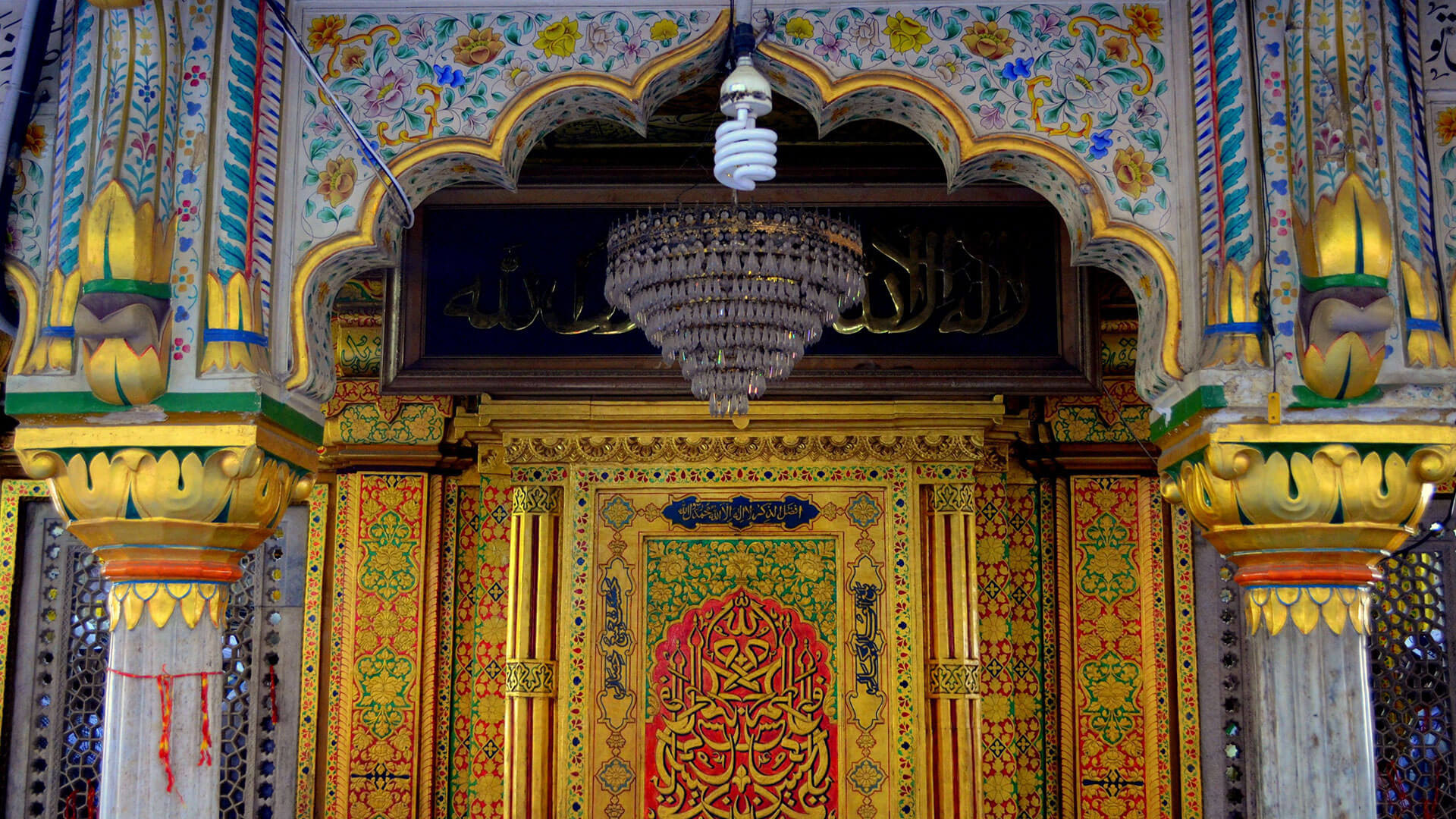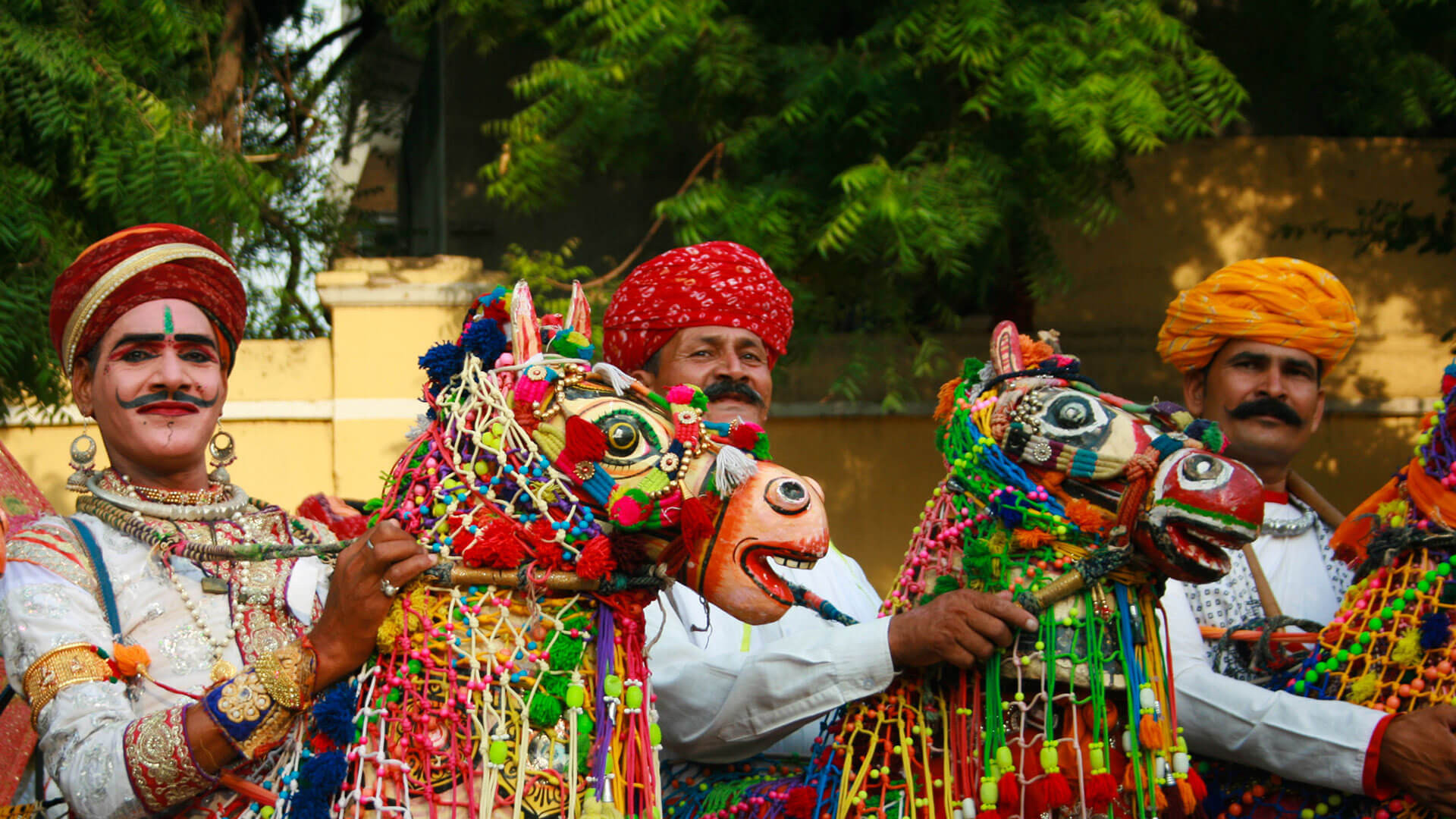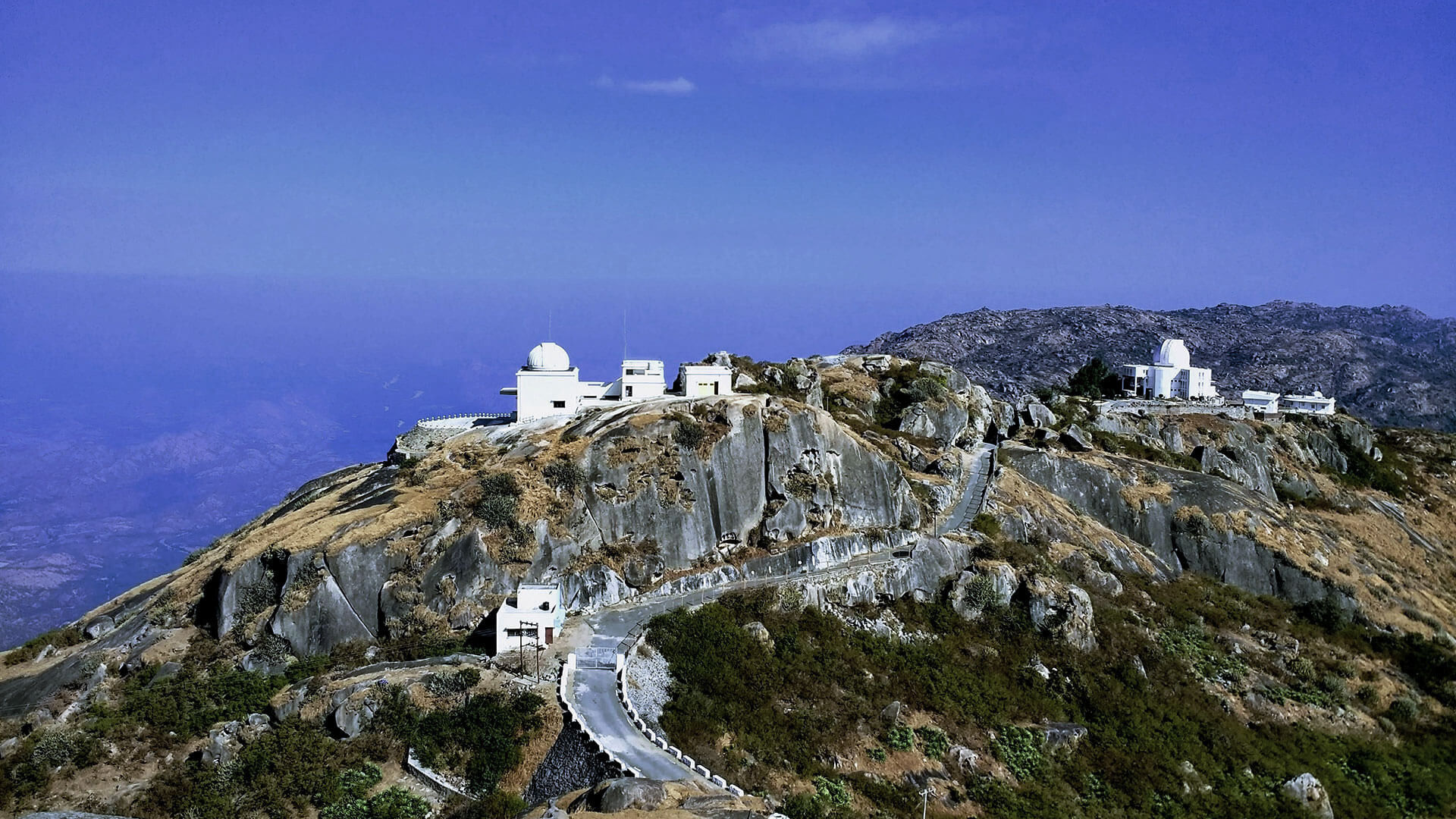Hanumangarh Fort – A Journey Through Rajasthan’s Ancient Legacy
One of the historically renowned cities, Hanumangarh, Rajasthan is located 400 km away from Delhi. The city landscape is peppered with incredible temples dedicated to different deities. The area is closely associated with Indus Valley Civilization. Recent excavations closer to the city have revealed a lot of stunning artefacts that speak volumes about the magnificence of the erstwhile times. These artefacts also give an in-depth idea of human history and how it has evolved. Hanumangarh used to be an agricultural marketplace in those times where wool and cotton were woven, sold, and exported. There are ancient structures in the city that take a visitor back thousands of years and offer a glimpse into the rich history of Hanumangarh. Today, the city has a lot to offer to discerning travellers.
Dotted with magnificent temples, forts, and other ancient structures, the city is a perfect place to visit for history buffs, archeology experts, and all those who are interested in our rich past. Originally called Bhatner, Hanumangarh was a former kingdom of Bhatner kings. It was renamed Hanumangarh by Bikaner Ruler Raja Suraj Singh as this city was won on a ‘Tuesday,’ the day commemorating Lord Hanuman.
History of Hanumangarh
Hanumangarh is an incredible city steeped in history. There was a time when it was an integral part of the Indus Valley Civilization. The area also gained popularity as it was located on the Delhi-Multan highway. The Kabul, Sindh, and Central Asia traders travelled to Agra and Delhi via Bhatner. Later, many invaders and rulers like Ghaznavis, Timur, Akbar, Prithviraj Chauhan, Qutub-ud-din Aybek, Akbar, and Rathores ruled and dominated the area.
As per the history of Hanumangarh, it was established by King Bhupat, a Bhati King, after which the city got its name, Bhatner. Rajput and Mughal Kings also ruled the area. In 1805 AD, the city came under the rule of the Bikaner Kingdom and continued to be under this rule until independence.
Tourist Attractions in Hanumangarh Palaces 2025
Although a part of arid state Rajasthan, Hanumangarh is blessed with verdant landscape. Besides temples and other ancient monuments, the city is also famous for its imposing fort, overlooking the city. Take a look at best places to visit in Hanumangarh on your trip to this historically-rich destination. Check out!
Hanumangarh Fort : One of the main highlights of Hanumangarh tourism is the Hanumangarh Fort. This ancient fort is a testimony to the city’s historical grandeur. The fort, located on the banks of the Ghaggar River, offers panoramic views and fascinating tales of past conquests and battles.
Bhatner Fort. The major tourist attraction of Hanumangarh, Bhatner or Hanumangarh Fort enjoys a scenic location close to the banks of River Gaggar. The fort is located 230 km from Bikaner and 5 km from Hanumangarh Junction Railway Station. This fort dates back to 1700 years and still looks magnificent and impressive. Constructed on an elevated ground, the fort has several towering gates, spherical bastions at regular intervals, and imposing height overlooking the city. There are several hotels within the fort premises. This invincible fort stood tall despite repeated attempts of possessing it.
Shri Gogaji Temple. Located approximately 120 km from the city and 2 km from Gogamedi Railway Station, this temple attracts a large number of devotees every year. It was ruled by Shri Gogaji, also referred to as Gugga Jahar Peer. He was a famous spiritual teacher born during the rule of Chauhans, a Rajput dynasty in Dadrewa village. This temple dates back to 950 years. Maharaja Ganga Singh later rebuilt in 1911. The temple architecture showcases a beautiful blend of Hindu and Muslim cultures. Built of lime, stone, white and black marble, and mortar, the temple is perched atop a high ground. Gogamedi is the main event held at this temple. Devotees from far and wide areas visit the temple to seek blessings from Gogaji.
Brahmani Mata Temple. Located close to the Hanumangarh and Kishangarh Highway, this magnificent hotel is approximately 100 km away from the city. Perched atop Kalloor Fort, ruins of the mediaeval times, this shrine attracts a large number of devotees every year, especially during Navratri. At this time, the famous Mata Brahmani Mela is organised.
Duna Shri Gorakh Nathji Temple. It is a famous temple dedicated to Lord Shiva. Located approximately three kilometres from Gogamedi Railway Station, this temple also commemorates Shri Bhiaruji, Goddess Kali, and most importantly, Shri Gorakhnath ji’s Dhuna. Shri Gorakhnath ji was a Siddha of the Cult of the Naths and a skilled Yogi. Dhuna means fireplace which can be seen in this temple and is considered to be very sacred. The 3-feet standing statue of Goddess Kali and Shri Bhairuji is the major attraction of the temple. Samadhis of many yogis and saints are also located here.
Kalibangan Archeological Site. This site fascinates a lot of visitors coming to Hanumangarh. Associated with 5000 years old ancient Indus Valley Civilisation, the site was excavated to reveal remnants and ruins of the Harappan Settlements from 2500-1750 BC. The site excavation also showcases the erstwhile lifestyle existing in the country before and during the Harappan Civilization. Archeologists found unknown inscriptions, human skeletons, Harappan seals, beads, copper bangles, shells and terracotta, toys, coins, wells, markets, utensils, jewellery, wheels, fort, tombs, bathroom, and streets from the site which have been carefully preserved.
Kalibangan Archeological Museum. Archaeological buffs would love visiting this museum located in Kalibanga, close to Hanumangarh. It lies in Tehsil Pilibanga. The museum enjoys a lovely location close to the River Ghaggar. It came into existence in 1983 and was used to house, store, and showcase remnants and objects recovered from archeological excavations in Kalibangan. The museum has three galleries. Two galleries display Harappan artefacts and the one displays pre-Harappan remnants. It is interesting to have a look at terracotta artefacts, seals, bangles, stone balls, cloth pottery and more from the Pre-Harappan era, giving an idea about how things were in those times.
Sila Mata Temple. Sila Peer or Sila Mata Temple is another major tourist attraction in Hanumangarh. This temple stands as a symbol of social harmony and community spirit. The idol at the temple is worshipped by people of all faiths and religions. Hindus call it Sila Mata Temple while Muslims call it Sila Peer. Such social harmony is tough to find these days. Worshippers offer milk and water to the deity. It is believed that the offered mix of milk and water, if administered, helps treat various skin problems.
Mata Bhadrakali Temple. Located on the banks of River Ghaggar, the temple of Mata Bhadrakali is approximately 7 km from the Hanumangarh City. One of the avatars of Goddess Durga, Mata Bhadrakali is the presiding deity of the temple. This temple is represented by the Shakti Sect of Hinduism. As the legend goes, Maharaja Ram Singh, the 6th ruler of Bikaner built the temple as per the wishes of Mughal Emperor, Akbar. Later, the temple was rebuilt by Maharaja Ganga Singh Ji, the ruler of Bikaner. Built with mortar, bricks, and lime, this temple has a verandah, a round-domed loft, a kitchen, a prayer hall, and a garbhagriha or the Sanctum Sanctorum. The main statue of the temple is 2.6 feet tall and is made up of red sandstone. In the Hindu month of Chaitra, the temple witnesses heavy footfall due to a fair held at that time.
Shri Kabootar Sahib Gurdwara. Located in the town of Nohar, this Gurudwara is located 80 km away from the city. It was built to commemorate the momentous visit of Guru Gobind Singh in November, 1706. He was the 10th Sikh Guru and responsible for creating the Khalsa Panth. Returning from Sirsa, Guru Gobind Singh took a halt at Nohar and set up a camp at Chhip Talai. During his halt at this place, a huge swarm of pigeons, also referred to as kabootar in Hindi, congregated. One of the disciples of Guruji inadvertently stepped on a pigeon, killing it. The people of this area practice ahimsa or non violence and were outraged by this behaviour. As per orders by Guri=uji, a barber-surgeon was summoned who healed the pigeon and appeased the locals. This led to word spreading around the area about the amazing healing touch and spiritual talent of Guruji, bringing the dead pigeon to life. The family of this barber built a platform where later on a gurdwara was built in circa 1730.
Shri Sukha Singh Mehtab Singh Gurdwara. This Gurdwara enjoys great historical and spiritual significance. Built in the 18th Century, this Gurdwara is named after Shri Mehtab Singh and Shri Sukha Singh.
Best Time to Visit Hanumangarh
The best time to visit Hanumangarh is from October to March when the weather is pleasant and ideal for outdoor activities. Summers can be extremely hot, while winters offer a comfortable climate for sightseeing and exploring.
Things To Do In Hanumangarh
Whether you are an archeology buff, historian, nature lover, or a spiritually inclined person, Hanumangarh has a lot to offer. There is no dearth of exciting things to do in Hanumangarh which suits the interest and inclination of every traveller. Here, we bring you a well-curated list of the best things to do in Hanumangarh. Have a look!
1. Archeology Sites. Plan a visit to Kalibangan Archeology site and explore amazing artefacts and objects recovered from the site, dating back to Pre-Harappan and Harappan times. The remains and ruins of old streets, fort, bathrooms, tombs, etc., can also be seen here. Check out the objects recovered from the site at the Kalibangan Archeology Museum.
2. Spiritual Sites. Hanumangarh is peppered with multiple spiritual sites like magnificently built ancient temples, Gurdwars, shrines and more. A couple of sites stand as a symbol of social harmony. One such site is Sila Mata Temple or Sila Peer.
3. Historical Sites. Visit Bhatner Fort in Hanumangarh, a historical site that takes you to the bygone era. This 1700 year old fort was Bikaner Maharaja and stayed under his control until Independence. A visit to this fortified structure with different elements of architecture makes it look impressive.
4. Enjoy Festivals and Fairs. Since Hanumangarh boasts of so many temples and shrines, there is no dearth of fairs and festivals organised here. One of the major festivals that is celebrated with great devotion and dedication to the deity is Gogamedi Fair. This festival is organised in the premises of Shri Gogaji Temple. Another popular fair that can be visited when travelling to Hanumangarh is Bhadrakali Fair.
Cultural and Religious Sites
Hanumangarh is also home to several significant temples that attract pilgrims and tourists alike. The Rani Sati Temple, dedicated to the revered deity Rani Sati, stands as a testament to the region's deep-rooted spiritual traditions. Additionally, the Brahmani Mata Temple and the Shila Mata Mandir are prominent religious sites known for their intricate architecture and spiritual ambiance.
Local Markets and Cuisine
Exploring the local markets in Hanumangarh offers visitors a chance to experience the region's vibrant culture firsthand. From traditional handicrafts to local delicacies, the markets are a sensory delight, reflecting the rich heritage and culinary traditions of Rajasthan.
Natural Attractions
Beyond its historical and cultural allure, Hanumangarh boasts natural attractions such as the serene Hanumangarh Lake. This spot provides a tranquil environment for relaxation and bird-watching, making it a favorite among nature enthusiasts.
Travel Tips
- Best Time to Visit: The ideal time to explore Hanumangarh is during the cooler months, from October to March, when the weather is pleasant for sightseeing.
- Local Cuisine: Don't miss out on tasting traditional Rajasthani dishes available in local eateries, offering a delightful culinary experience.
- Transportation: Hanumangarh is well-connected by road and rail, making it accessible from major cities in Rajasthan and neighboring states.
How To Reach Hanumangarh
Hanumangarh is located on the western fringes of Rajasthan. It is not well-connected with the state capital and other cities of the state and country. Although there is a lack of direct transportation services to the city, reaching Hanumangarh is not that difficult. Here are the best ways you can reach Hanumangarh using different modes of transportation. Have a look!
- Nearest Major City. Ludhiana
- Nearest Airport. Sahnewal Airport (LUH)
- Nearest Railhead. Hanumangarh Junction
- Distance from Ludhiana. 211 km
By Air
Ludhiana Airport or Sahnewal Airport in Ludhiana is the nearest airport to Hanumangarh. It is well-connected with all major cities of the country through regular scheduled flights. After disembarking, you can travel to Hanumangarh by train or road depending on the time and budget.
- Distance from Sahnewal Airport (LUH). 211 kms
Click Here To Book Cheap Flight Tickets
Here is a list of Indian cities from where flights are available to Ludhiana
- Delhi to Ludhiana Flight
- Mumbai to Ludhiana Flight
- Kolkata to Ludhiana Flight
By Train
Travelling to Hanumangarh via train is a pleasurable experience as you can witness the changing landscape as you enter Rajasthan. The landscape and flora and fauna changes rapidly as per the arid climate and land of this part of India.
- Distance from Hanumangarh Junction. 5.9 km
By Road
Hanumangarh is well-connected to many major cities through the well maintained stateways and national highways crisscrossing the state. There are regular state and private transport buses that run from different parts of the state to Hanumangarh
- Distance from Ganganagar. 56 km
- Distance from Bhatinda. 94
- Distance from Hisar. 143 km
- Distance from Okara. 160 km
- Distance from Sahiwal. 168 km
- Distance from Kasur. 171 km
- Distance from Bikaner. 200 km
- Distance from Ludhiana. 211 km
- Distance from Delhi. 343.2 km
- Distance from Kolkata. 1898 km
- Distance from Mumbai. 1453.7 km
Click Here To Book Cheap Bus Tickets
Conclusion
Hanumangarh, with its historical landmarks, archaeological marvels, and cultural richness, promises an unforgettable journey through time. Whether you are planning a heritage tour or a religious pilgrimage, this city in Rajasthan invites you to explore its timeless beauty and storied past.
Frequently Asked Questions Related to Hanumangarh
Q1. What is Hanumangarh famous for?
A. Hanumangarh is famous for its historical forts, especially Hanumangarh Fort, and the Kalibangan archaeological site, which reflects the ancient Indus Valley Civilization. It is also known for cultural fairs like the Gogamedi Fair.
Q 2. What is the best time to visit Hanumangarh?
A 2. The best time to visit is from October to March when the weather is cooler and perfect for sightseeing and outdoor activities.
Q 3. What makes Hanumangarh popular?
A 3. Hanumangarh is one of the historically renowned cities, located approximately 400 km away from Delhi. The city landscape is peppered with incredible temples and shrines dedicated to different deities. The area is closely associated with Indus Valley Civilization.
Q 4. What was recovered from Kalibangan excavation sites of Hanumangarh?
A 4. Archeologists found unknown inscriptions, human skeletons, Harappan seals, beads, copper bangles, shells and terracotta, toys, coins, wells, markets, utensils, jewellery, wheels, fort, tombs, bathroom, and streets from the site which have been carefully preserved.
Q 5. What local cuisine should I try in Hanumangarh?
A 6. Don't miss Dal Baati Churma, Gatte ki Sabzi, and traditional Rajasthani sweets. Local eateries offer authentic flavors to enjoy.
Q.7 How many days are enough to explore Hanumangarh?
A. A 2-3 day trip is ideal to explore major attractions like Hanumangarh Fort, Kalibangan, and local temples, along with experiencing the cultural heritage.
Book exclusive tour packages, find amazing deals on hotels, flights, buses and more with Adotrip. We ensure the best price and services for a memorable vacation! With us, nothing is far!
Popular Packages
Blogs
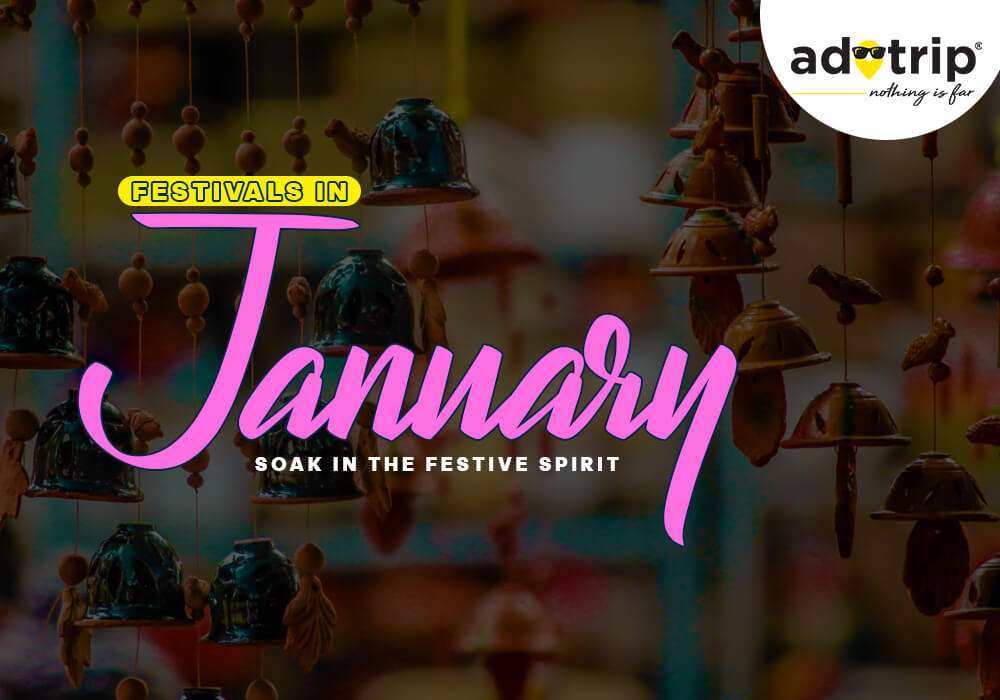
9 Upcoming Festivals In January 2024 In India
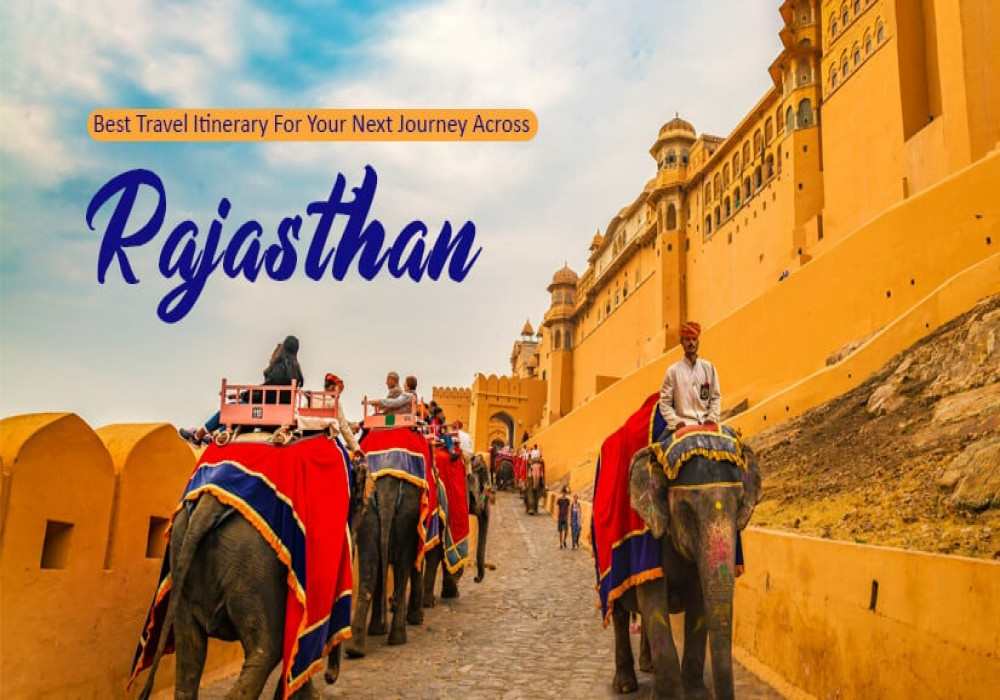
Best Places to Visit in Rajasthan 2025 - Top Attractions and Tourist Destinations

Best Places to Visit in Udaipur - Top Attractions and Tourist Spots

Famous Temples in South India | South India Temple Tour Packages

10 Offbeat Places to Udaipur That Will Give You Major Travel Goals
Nearby Stays

Hyatt Regency Ludhiana
Site No. 4 Ferozepur Road, Ludhiana, Punjab 141001

Nirvana Hotels, Banquet and Clubs
Hambran Rd, Partap Singhwala, Ludhiana, Punjab 141...

Hotel Onn
Yes Bank X-ing, Onn Lane, Off Ferozepur Road, Ludh...

Hotel Friends Regency
Opp Mini Secretariat, Ferozepur Road, Ludhiana, Pu...
